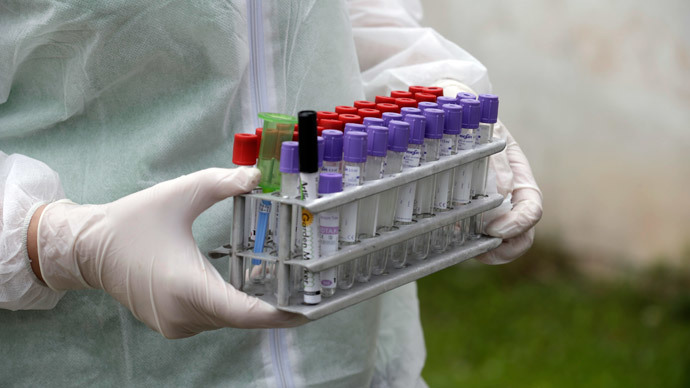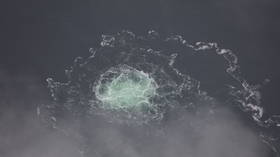Toxic trail: Forgotten vials of ricin and plague discovered at US govt lab

Infectious, deadly diseases and toxins like plague, botulism and ricin have been uncovered at government laboratories in the United States. The discovery also revealed some of the vials had been stored for over 60 years.
The revelations come after officials from the National Institute of Health (NIH) made a sweep of government owned laboratories in July after they found smallpox. The Food and Drug Administration (FDA) also admitted it had found vials at a lab at the Center for Food Safety and Applied Nutrition.
Worryingly, inspectors also uncovered toxins and viruses, which had been lying around since 1954, with staff ignorant of the fact. The NIH said the discoveries were made between July 29 and August 27. The information was only made public on Friday.
“These things were stored in locations where they should not have been stored,” said Alfred Johnson, director of the NIH’s office of research services, which is coordinating the searches at government labs, the Washington Post reported.
Johnson also added that the NIH conducts research “on the most dangerous materials out there. All of these were found in containers that were intact, and there have been no exposures. It reminds us, just like my garage at home that from time to time, we need to check.”
Two highly contagious bacterial vials were found, which can cause plague. The plague has caused millions of deaths throughout history, but has now been localized to sub-Saharan Africa, according to the Clinical Center’s Department of Medicine, which comes under the umbrella of the NIH.
However, it was the discovery of ricin, which made people take notice of the scandal. The sample was in a historical collection dating from 1914. The toxin is extremely poisonous if inhaled, injected or ingested. In June 2013, a woman from Texas was arrested after mailing three letters containing ricin to President Barack Obama, New York City Mayor Mike Bloomberg and the director of Mayors Against Illegal Guns, federal authorities stated.
Researchers also uncovered two vials of the nerve toxin that causes botulism, a muscle-paralyzing disease, in a lab of the National Institute of Child Health and Human Development, Johnson said. Researchers are restricted to quantities below half a milligram, which they can use for tests, but the total found was well above the legal limit.
“The finding of these agents and toxins highlights the need for constant vigilance in monitoring laboratory materials in compliance with federal regulations on biosafety,” NIH Director Francis Collins wrote in an email to employees on Friday.
Speaking to the Washington Post in late July, the director of the FDA Margaret Hamburg was asked whether the agency had found any additional misplaced pathogens during the ongoing sweep of its labs.
“I’m happy to report that in the cold room inventories across the agency, we have not found any other stocks of unexpected hazardous biological materials,” she said at the time.
Meanwhile, Stephan Ostroff, who is the FDA’s acting chief scientist added, “There’s always a chance that something will be where it’s not supposed to be, and we want to make sure that’s not the case.”
The agency stated that staff were never put at risk, despite highly dangerous toxins being found unexpectedly in the laboratories.














